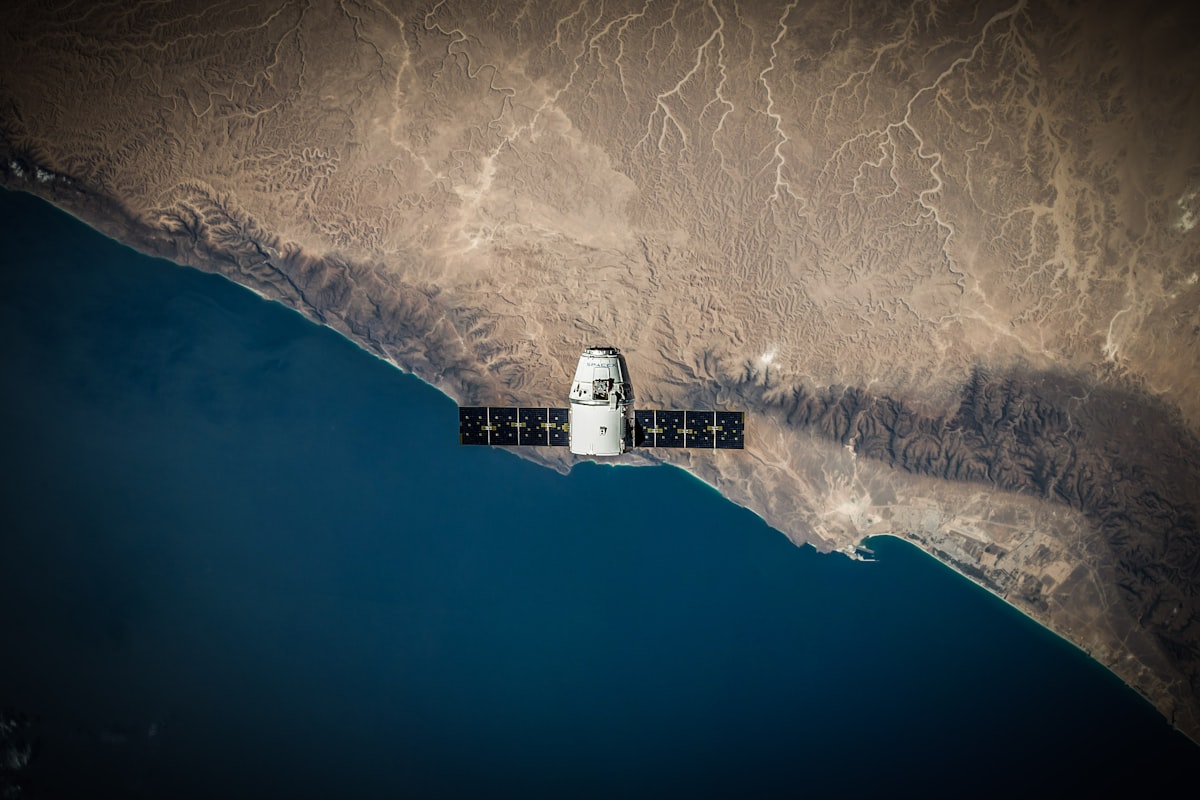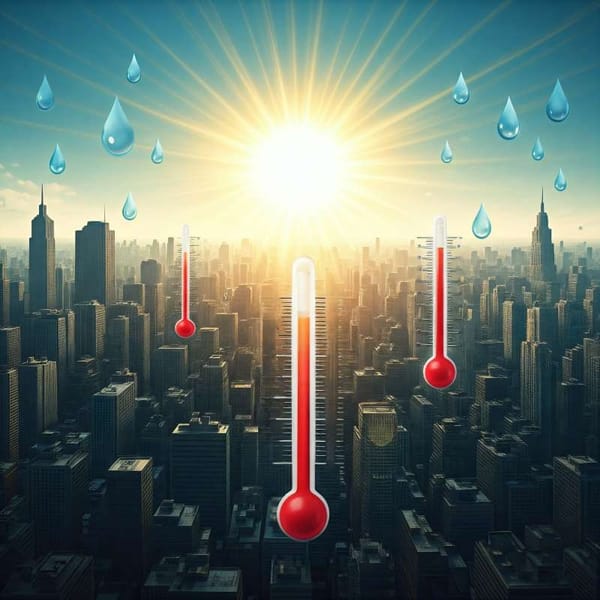Space Debris: A New Risk for an Unexpected Event
Rocket parts, liquid fuels, and particles of heavy materials float in the atmosphere. More than 3,000 artificial satellites in orbit are exposed to this debris; they could collapse. There is no agency to deal with this problem.

By the end of the 21st century, the possibilities of an accident between a satellite and space debris (any artificial object orbiting in space that has no use) will be greater than 15 percent, warned Gustavo Medina Tanco, a researcher at UNAM's Institute of Nuclear Sciences (ICN).
These are obsolete devices, rocket parts, liquid fuels -which due to low temperatures remain frozen for years and float in the atmosphere- and even particles of heavy materials that are not observable.
Although it is difficult to define because it is constantly changing, at this moment there are between three thousand 400 and three thousand 500 satellites in orbit and working, together with other "dead" satellites that have finished their useful life and take a long time to come out of the way.
"In the past, no measures were taken because it was not seen as a problem, but they can be there for tens, hundreds, or millions of years, depending on how far they are from Earth," explained Medina Tanco, head of the Space Instrumentation Laboratory (LINX) of the ICN.
The specialist specified that "they are a small part of what is considered space debris" because when a satellite is placed in route there are a series of objects that are needed, such as a rocket to launch it. "That's when you start putting pieces together and all of that is left in space if you didn't take steps to remove it quickly."
Those artifacts travel at speeds of eight kilometers per second (at that speed you would get from Mexico City to Acapulco in less than a minute); they could collide with others that are in operation, break them down and generate more debris from impact debris. In the worst case, they could crash with manned spacecraft.
Internet, telecommunications, GPS, military security services, scientific or environmental research, food industry, and others depend daily on a satellite for its proper functioning; the increase of debris increases the chances of damage.
At the moment, the probability of an accident between a satellite and this debris is low, less than one percent. But if nothing is done in the next 20 years, it will increase to five percent, and by the end of this century, it will be 15 to 20 percent. Economically it will be impossible to do any activity.
Economic losses will also be seen when repairing satellites or creating new ones, which will raise investment and maintenance costs in the long term. In addition, if debris continues to accumulate, rockets will not be able to leave the atmosphere, which will cause a slowdown in space exploration.
"Legally it is very complicated because we don't have an international body that has implementation power. There are treaties between countries, but they can be signed or not; there are not many ways to enforce them. It's a common problem in international politics," he commented.
Private actors
The problem takes on more seriousness with new explorations by companies such as Starlink, Elon Musk's company, which has put approximately 1,800 satellites into orbit in the last two years and plans to send 12,000 more shortly.
"The number of dangerous fragments has been steadily increasing because satellites keep being launched. The problem is becoming much more serious because of the entry of smaller satellites, such as those in the Starlink constellation, which, although active, can collide with others," said Medina Tanco.
At present, several space organizations are in dialogue to find a solution. The most popular proposals are related to mechanical arms to stop the debris or nets to catch it so that it can be launched to Earth and incinerated along the way. However, the best alternative is to avoid generating more debris in future space incursions.
"Other active measures are part of the design of the mission in the sense of not thinking of it as it has been traditionally done: from the moment I build it to the scientific-commercial objective I want to achieve. Now the interest does not end there, but I see it from beginning to end. Like someone who has to recycle plastic bottles, I have to recycle the satellite once it has completed its life", exemplified the ICN specialist.
There is also the responsibility of each actor (public and private space agencies, international organizations, governments), including social pressure. Space debris, like the atmosphere, knows no borders and is a global problem that must be thought of and solved as such.




